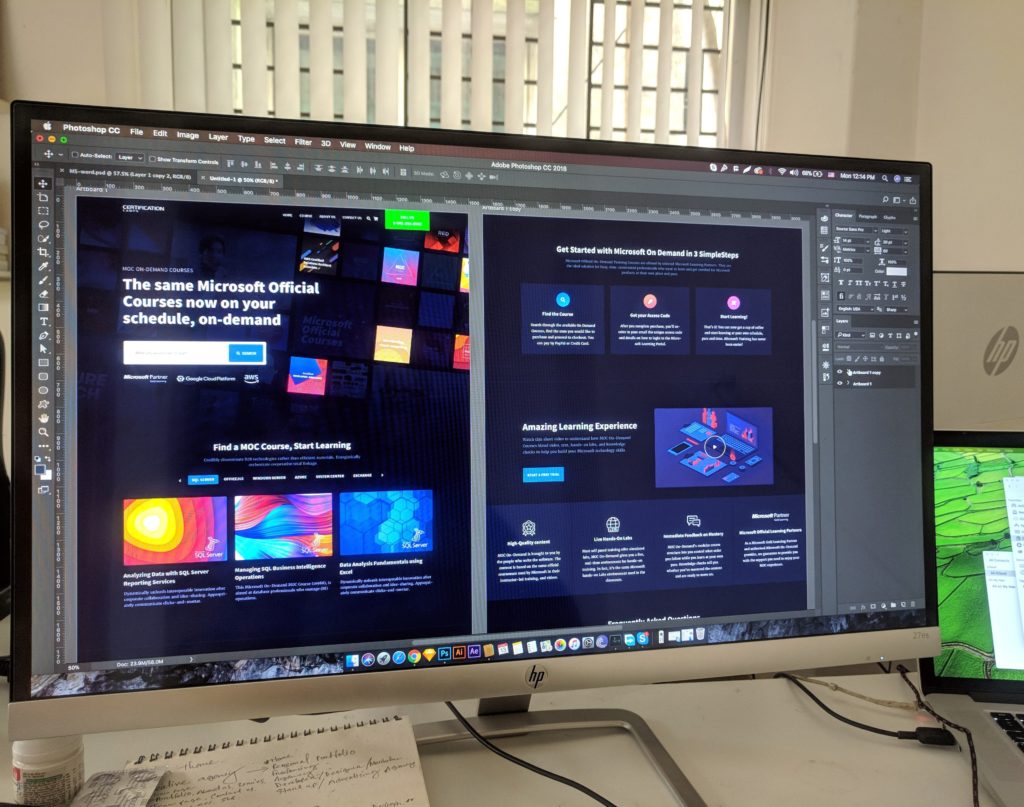
Photo by Eftakher Alam on Unsplash
In my last blog post, I discussed the way algorithms function on social media to display content to users, as well as how brands can use those algorithms to make their content viewed by more users. To contribute to this system, it is important that brands have knowledge of how to create memorable posts on social media. These five tips for social media ad design will increase your chances of being noticed by more consumers.
1.Understand the demographic
One of my blog posts talks about how each social media platform has a specific demographic that is of a higher majority than others. For example, Instagram is much more popular for millennials and Gen Z, rather than baby boomers or Gen X. This being said, knowing what target audience you want to reach can establish the type of post you want to make for an advertisement. Instagram, Facebook, Snapchat and Twitter are all platforms that are best fitting for either photo ads or short video ads that are aesthetically pleasing and draw the eye. This way ads are a part of the user’s feed, making it almost look like it is content from someone they follow. Whereas LinkedIn, good for both video and photo, is largely focused on the written portion of ads. LinkedIn users are more likely to be reading posts and watch longer videos, rather than scroll past an ad. Understanding the main crowd of people that will be viewing your content allows for a more likely chance of gaining new business.
2. Keep it quality
Since the majority of social media platforms feature ads with visual content, it is essential that the content being posted is of high quality. Consumers value aesthetics and visually appealing content. No user wants to see an ad with a blurry or grainy image; having high quality photos or videos can lead to a chance of more engagement since it draws the user in. In addition to this, all visual aids used should be relevant to the subject. If you are advertising for a new product, the product itself should be captured in the post.
3. Refer to branding
When creating a graphic for social media, it is best practice for brands to have a branding kit, filled with specific colors, logos, fonts, shapes, etc., that must be used to keep posts consistent. Having an organized and well-developed media kit will allow brands to maintain a clean and relevant feed for users to examine. In addition to this, having specific colors or fonts attached to your brand will allow consumers to over time recognize and associate your brand when they scroll past it on social media.
4. Make it concise
Generally, graphics include text to provide information about whatever the post is about. However, it is important that text is not overpowering the graphics. Some statistics say that 20% of a graphic should be text and the remaining 80% for design aspects. This way, the user can retain the message quickly and have a memorable image to go along with it. If there is too much text involved, it is easy for users to simply scroll by the post and ignore what it says. Having a quick and catchy headline on the post can make graphics more appealing to users. This rule seems widely valued; Facebook has even adapted this as a guideline for people attempting to advertise on their site. Facebook will not run ads that have more than 20% of text. In order to calculate this, the platform created a 5×5 grid that the ad must fit into, and only two of those boxes can be filled with text. Taking this rule into account can not only benefit the chances of users engaging with your post, but also them being able to view it.
5. Lead the eyes
Layout is another important aspect of designing for social media. Users have a minimal attention span when it comes to viewing things on their feed, so having a layout that flows through the ad itself will allow them to retain all the information and have a better experience engaging with it. The design aspect of this is comparable to how humans read books: by starting in the upper left corner, the eye will naturally move down toward the lower right corner. With this however, there are different patterns that meet these criteria, while making it so not all ads have the same layout. Smashingmagazine.com drew out different examples of structures that follow this. To have success with social media ad design, keep these tips in mind.
